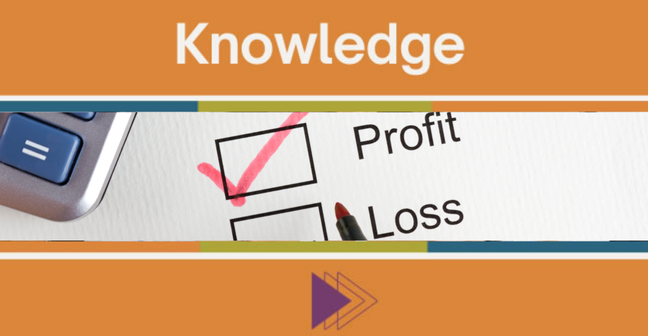Running your business with intention means scrapping the guesswork and using relevant, timely information when making financial decisions. If you’re looking at your P&L just once a year, you’re checking the GPS after already missing the exit.
A quarterly cadence provides a long enough period for real patterns to surface while leaving you time to act.
Working your way down the P&L
Your quarterly P&L review doesn’t need to be long or complicated. Start at the top and work your way to the bottom, making notes about key observations along the way.
The goal isn’t to rewrite your business plan but to highlight a short list of action items based on reversing or accelerating what you see.
- Revenue tells you the “top line” story of how much money is coming into the business. Compare the current quarter to last quarter and to the same quarter from last year. Are sales moving up, down or staying flat?
- COGS and gross profit tell you if your core work is profitable. Compared to previous periods, is your margin shrinking or growing? What changes in your business might be driving this trend?
- Watching operating expenses helps you nip overspending in the bud and identify when it might be time to raise prices. When expenses jump, take a deeper look to see if you have opportunities to cut back or simply need to work around higher costs. If expenses dip, this could mean you need to invest more into your business or hire more staff.
- On the bottom line you find net profit and owner pay. The goal is for your business to support your personal income goals. A P&L isn’t healthy if you’re only profitable because you paid yourself very little.
Next steps
Choose two to three items to act on, with the aim of improving your numbers over the next quarter. Then, in three months, you check your progress.
Rinse and repeat.
With consistency, your P&L will no longer be a report. It will be an irreplaceable tool for guiding your business to higher profits and more left over for you and your personal goals.





